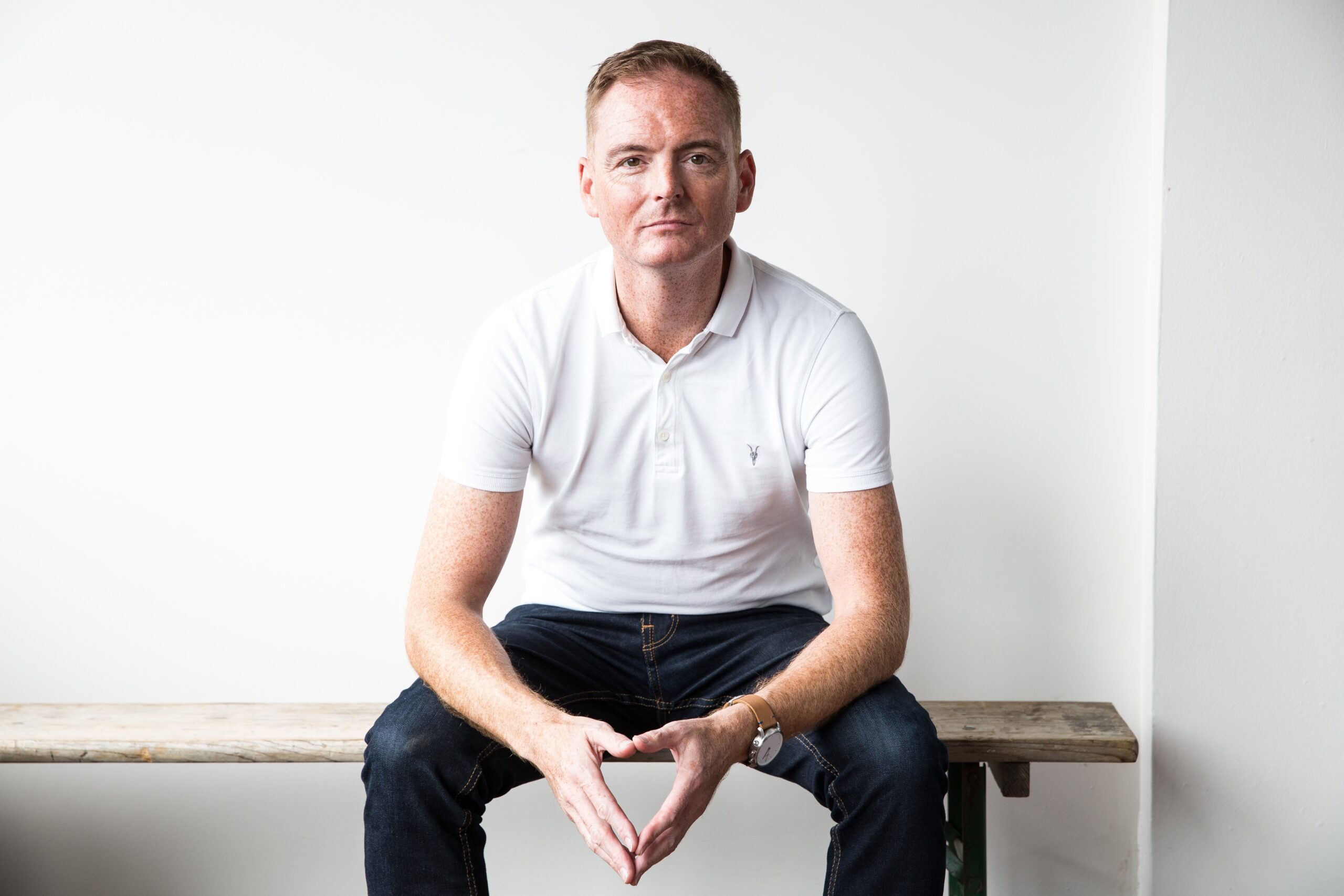Writer
Mark Terry-Lush
Date
03/14/2024
Royal Image Gaff is a Warning to Brands, The AI Wild West, Punks take a Stance, and Tech on No/Lo Alcohol
Who’s Sheriff in the AI Wild West?
Guardian readers among us may have spotted this story that asked the question: who protects us from AI abuse?
Policing AI is a societal necessity, especially when it comes to synthetic media and deepfakery. From AI-generated images proliferating ahead of the US election, and explicit images created without consent harming our kids, governments suggest they have stepped up, but have they?
Whilst the EU has passed the Artificial Intelligence Act (AIA), and China regulates elements of AI, which follow President Biden’s executive order in 2023 on the safe deployment of AI in the US, what about the UK?
Well, currently, nothing. In a view to be more attractive to Silicon Valley tech giants and “pro-innovation”, the UK government took an anti-regulatory stance. However, dear reader, this has led to very little.
We’re on the cusp of a collision between advancing technology and nation-state culture, so cross border marketers need to get on top of a spaghetti of guidelines that vary region by region, country by country. Before investing in AI tools let alone campaigns, it pays to understand the pitfalls that blow up into reputational brand damage.
Stance Unleashes Punks
Apparel brand Stance has eschewed influencers in a year-long campaign to celebrate its 15th anniversary.
Focused instead on “punks and poets” Stance deploys creators including skateboarders, artists, surfers, and cyclists to showcase its products in the context of their use and value to the communities in which their customers live, rather than gifting to influencers and ambassadors who promote the brand.
In AdWeek, Stance creative director Gerrett Close explained: “we felt it was time to shift the focus onto the people that make our products what they are and celebrate the passions of the Stance community.” We couldn’t agree more.
Beyond video for YouTube and the Stance website, the campaign rolls out to social with short-form cuts, and includes “day in the life” content to bring consumers closer to the creators.
At Honey, we have championed creators as an alternative to influencers, particularly when there is a need to engage audiences with native, authentic content, which sadly too many brands fail to create in-house. Marketing-first content fools no-one, creator content is audience-first. It’s real, human, sometimes visceral, funny and more grassroots.
Influencers have their place, reaching new audiences and endorsing to spark sales. But for most brands the cost is ridiculous in terms of ROI. It’s for vanity. Creators are micro influencers with a story to tell, influencers have a story to sell. Consumers see and increasingly reject this approach.
Tech x Alcohol Free
No, we’re not talking about an upcoming Google 0% IPA, but rather what the tech industry can learn from alcohol-free marketing.
BuiltIn collated a great checklist of how to emulate the marketing of the alcohol-free drinks movement that tech marketers should be inspired by. Our biggest take away is to focus on the experience and benefits of your products rather than just the features. Nothing new there, so why do so few tech brands forget this 101 approach.
Having recently returned from Mobile World Congress in Barcelona, many tech businesses continue to promote new products based on features, often in direct comparison to their competitors. It turns consumers off.
We say, enhance the benefits, the experience or feeling of owning this product. Do this and consumers will make deeper connections with your brand and products, which increases consideration and purchase.
Brands Beware, Kate’s Botched Photo is a Warning
Storm in a china teacup or PR crisis? We think the latter of the withdrawal by five news agencies of Princess Catherine’s seemingly innocuous family portrait.
In the late 1990s Honey’s Mark Terry-Lush (MTL) once authorised a can of Carlsberg to be Photoshopped into the hands of Oasis frontmen Liam and Noel Gallager as part of a press kit for his, then, lager client. He subsequently received a phone call from a raging tabloid picture editor who threatened to blacklist him for sending manipulated images. Fast forward 25 years and nothing has changed from a picture editor’s point of view.
Visual journalists operate as trustees of the public. Their primary role is to report visually on the significant events and varied viewpoints in our common world. Their primary goal is the faithful and comprehensive depiction of the subject at hand. Visual journalists have the responsibility to document society and to preserve its history through images.
Future Queen Kate is not a journalist, but as a global figure representing a global brand, the Kensington Palace press office should have known better than to send an image with doctored pixels to picture desks and not expect a backlash.
So just what exactly does this mean for marketers when it comes to the usage of altered images, and at what point should the editing stop?
We put this to the Honey team. Graphic designer, Maya, who belives: “in certain situations, altered images are useful when it comes to rendering a campaign or social media snapshot, but we must tag images in the public domain as manipulated.”
“We’ve seen backlash on social media from influencers editing their photos to appear slimmer, healthier, wealthier,” adds MTL. “Ultimately this has a negative impact on society. New outlets rely on the trust of their readers, listeners and viewers. Destroy trust and what have you got?”
Harry concludes: “if this were in the context of a social media campaign, or some ‘meme-ification’ altered images are fun, right? However, in the context of the news the most important thing is honesty and integrity, so fakery should be avoided at all costs”.
What are your thoughts on the matter, dear reader?
For what matters to marketers the most, click here to read all of our thoughts on the topics that affect you, or contact growth@makehoney.com and let’s have a chat.

